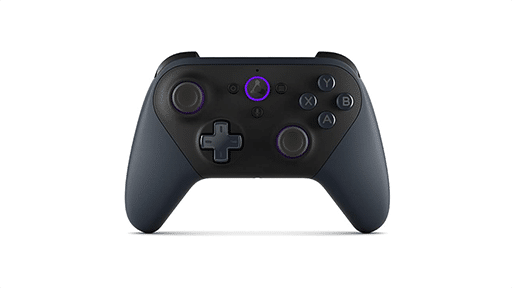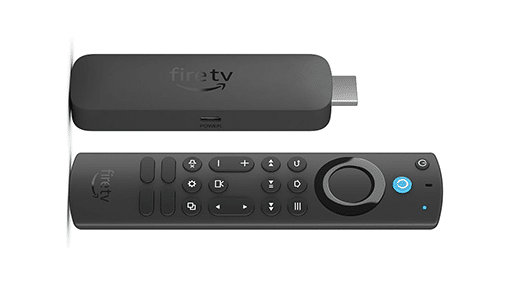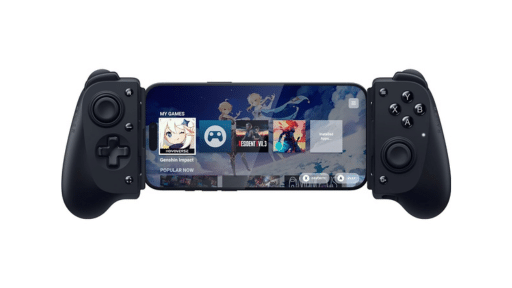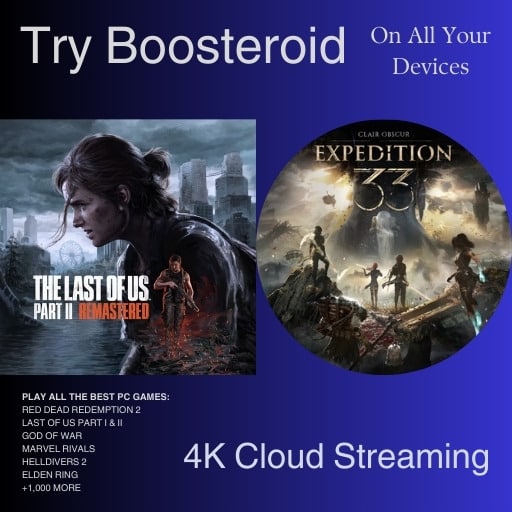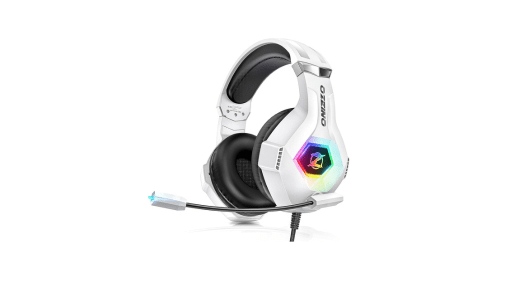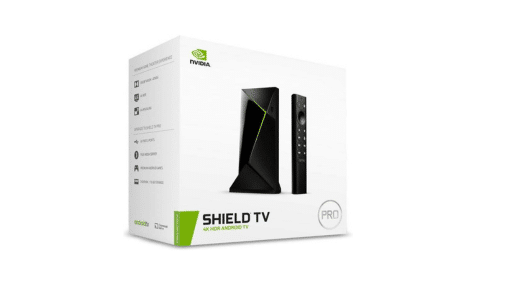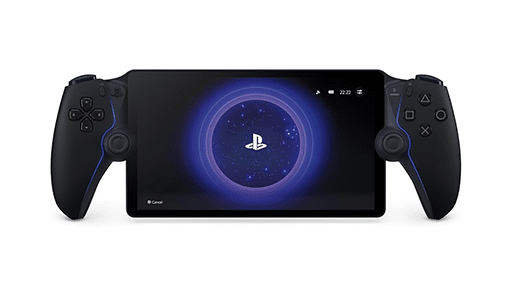
The Publisher’s Blessing
Please Sir, May I Stream Your Game?
For a game to arrive on GeForce NOW it first needs to opt-in on Steam and other PC stores. Many game publishers do opt their games in, but other publishers are very reluctant. This appears to be true as well for games in Boosteroid’s official “Library” of titles. But, Boosteroid additionally offers an install and Play selection of titles that allows users to install their own private copies of games in private cloud drives – these are titles which don’t appear to have publisher support for managed cloud gaming.
In the high-stakes world of cloud gaming, getting some publisher’s approval is about as easy as beating Dark Souls with a dance pad. Picture this: Cloud gaming execs, sweating profusely, trying to convince publishing bigwigs that allowing people to buy and play their $60 games in more places is actually brilliant. Unfortunately, it’s like trying to sell ice to penguins, if penguins were multibillion-dollar corporations with armies of lawyers.
The resulting contracts have more clauses than Santa’s employment agreements. By the time everyone’s signed on the dotted line, half the negotiators have developed carpal tunnel and the other half have forgotten why they started this process in the first place.
Technical Compatibility: Teaching AAA Games New Tricks
Once the legal labyrinth is navigated, the real fun begins. GeForce NOW and Boosteroid put each game through a testing process. They want to make sure the game works well on their cloud-servers, has optimal settings and doesn’t crash half-way through or ban your username for cheating because you are playing on cloud based systems.
QA is the unsung hero of cloud gaming, the digital equivalent of those brave souls who taste-test new flavors of Mountain Dew. It’s an endless cycle of updates, patches, and fixing things that weren’t broken until you tried to fix something else.
This whole process takes some time. So, not every game that is opts-in is greenlit for release on the service.
Enhancing the User Experience: Making Your Potato Phone Feel Like a NASA Supercomputer

The holy grail of cloud gaming is making you forget you’re essentially playing on a computer far, far away, connected by a series of tubes that occasionally decide to take a smoke break. It’s about minimizing latency (the time it takes for your button press to reach the game server, which in bad cases could be roughly equivalent to the time it takes George R.R. Martin to finish a book).
These services want to make sure your experience with each game will be good. They test games with different codes and technologies to minimize latency. When Stadia was around, they also discussed tweaking response time windows with game developers.
Conclusion: To Infinity and Beyond (As Long As Your Internet Doesn’t Crash)
So there you have it, intrepid gamer. The next time you’re effortlessly playing Assassin’s Creed Valhalla on your phone while pretending to pay attention in a Zoom meeting, spare a thought for the unsung heroes who made it possible. They’ve battled legal Krakens, tamed technical Balrogs, and sacrificed their sanity to the gods of QA, all so you can raid virtual monasteries on a device primarily designed for scrolling through cat memes.


